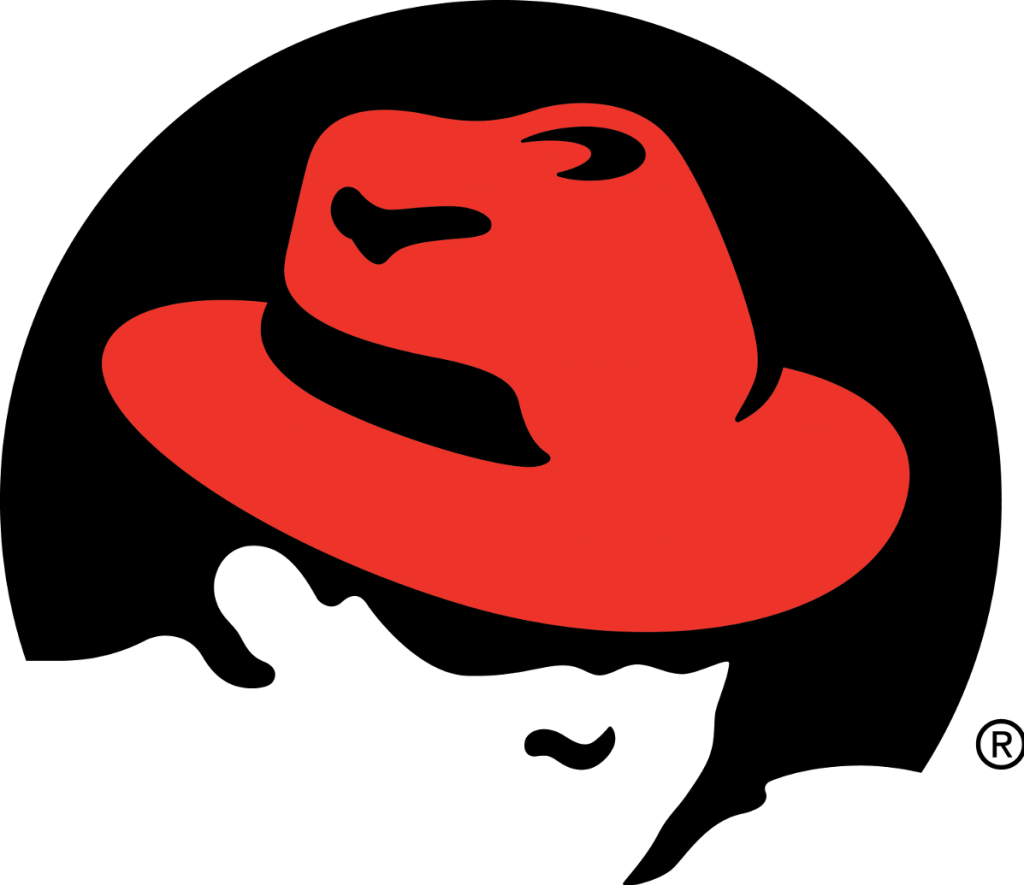Red Hat Enterprise Linux
By Martin Percival, Senior Solutions Architect at Red Hat
Red Hat is ‘the world’s leading provider of open source software solutions, using a community-powered approach for reliable and high-performing cloud, Linux, middleware, storage and virtualisation’. My role at Red Hat is to provide a technical interface for major partners and system integrator partners in the UK. At times this is an educational position, helping our partners learn how to utilise Red Hat solutions in their own larger offerings, while sometimes it can mean providing technical assistance during the sales process. As in any pre-sales position, the variety of daily tasks is very broad, but that’s why we like it, right?
Back in November 2015, the announcement that Microsoft is offering Red Hat Enterprise Linux as the preferred choice for enterprise Linux workloads on Microsoft Azure was obviously a great day for open source, and a great day for our customers. As Red Hat’s Paul Cormier said then, an announcement like this between Microsoft and Red Hat would have been hard for many to imagine not too long ago. This was an historic announcement - one that really has the potential to shape what the hybrid cloud looks like. The exciting thing has been the response since the announcement - the customers I’ve talked to since the news came out are really enthusiastic about the potential. And that’s what this partnership is all about - customers.
Rise to the challenge
Customers are facing new challenges today. The spectrum they are responsible for is broad: bare metal to the public cloud, and everything in between. They are using heterogeneous technologies, and they want it all to work together, to be managed as together, with a consistent platform underneath it all. They want application and container portability to give them more flexibility. It’s certainly not uncommon to find both Red Hat and Microsoft technologies in the same datacenter. This partnership is a great thing for customers, because we’re helping them to address these challenges by giving them the choice and flexibility to run Red Hat offerings on Microsoft Azure, as well as in their data center. But, the partnership isn’t just about enabling Red Hat offerings on Azure. We’re offering first-of-its-kind integrated support for enterprise customers, with co-located support teams. That’s incredible, and a major benefit for customers.
Red Hat solutions on Azure
A broad range of Red Hat solutions are available to Azure. First, Microsoft became a Red Hat Certified Cloud and Service Provider, with availability of Red Hat Cloud Access for Microsoft Azure, in November 2015. This means Red Hat Cloud Access subscribers can move eligible Red Hat subscriptions from their datacenter to Azure, including Red Hat Enterprise Linux; Red Hat JBoss Middleware; Red Hat Gluster Storage; and OpenShift Enterprise, Red Hat’s container application platform. In December 2015, we introduced Red Hat CloudForms 4, adding the ability for customers to manage their Azure workloads and resources from Red Hat’s hybrid cloud management platform. That marked a big milestone in simplifying hybrid cloud management for customers, since CloudForms’ coverage spans virtualization, private and public clouds (now including Microsoft Azure), and containers. In February, we also announced availability of Red Hat On-Demand for Microsoft Azure, which is “pay-as-you-go” Red Hat Enterprise Linux images in the Azure Marketplace, supported by Red Hat.
We are also integrating .NET core with Red Hat solutions and last quarter we announced the availability of CloudForms to manage Azure VMs, in addition to Red Hat Enterprise OpenStack Platform, Red Hat Enteprise Virtualization, VMware, and AWS. As you can see, the partnership between Red Hat and Microsoft is multi-dimensional, benefiting our customers across our respective portfolios.
Support the DevOps approach
We’re seeing significant interest from customers and large SIs in having a platform that supports a DevOps approach to application creation, combined with a robust, scalable runtime in which to deploy those artifacts once created. OpenShift Enterprise delivers that platform using best-of-breed open source software to enable the same applications to be run anywhere from bare-metal hardware up to the largest public cloud deployments on Azure. In the UK, Microsoft’s announcements around the opening of new local datacenters, has been a topic of much conversation with our SI partners, who see a strong message (for public sector sales particularly) including OpenShift running on Azure.
.NET collaboration
The tighter collaboration around .NET is a really exciting aspect of the partnership between Red Hat and Microsoft. As Red Hat’s Chris Morgan said at the announcement, “OpenShift will be able to natively provide the Microsoft .NET framework running on a Red Hat supported operating system – let that sink in for a moment.” Red Hat Enterprise Linux will also be the primary development and reference operating system for .NET Core on Linux. Both of those are big, and show some of the depth of this partnership. There’s such a significant .NET developer audience globally. Giving those developers access to .NET technologies on Red Hat offerings including OpenShift and Red Hat Enterprise Linux significantly expands choice for those developers. And, on the heels of Microsoft open sourcing the .NET server, the idea that .NET developers can fully embrace open source opens up a lot of potential and flexibility.
Hybrid reality
CloudForms is now integrated with Microsoft Azure and System Centre Virtual Machine Manager, which means customers can manage Red Hat Enterprise Linux on Hyper-V, RHEV/RHOSP and Microsoft Azure. Hybrid cloud is simply the reality, across deployment environments and across the operating system market. In February, Red Hat released its 2016 Global Customer Tech Outlook, the results of an annual survey we do with customers. That survey showed pretty overwhelmingly that we’re living in a hybrid cloud and IT world,: 61% of respondents are using a hybrid mix of traditional and cloud environments. In that sense, we deeply understand that customers have diverse datacenters and deployment environments, and they are using diverse technologies. I said earlier that this may include using both Red Hat and Microsoft technologies. That’s simply the reality for today’s CIO, and that’s why we’re meeting customer demand with this partnership - we want them to be able to embrace that hybrid reality and succeed in it.
Industry leading
As far as industry verticals are concerned, both of our companies are strong across all verticals. When you think of Red Hat, you think of the open source leader - we’re strong in the enterprise - more than 90% of the Fortune 500 are our customers. We’re leaders in financial services, telecommunications, government, healthcare, media and many more verticals. Microsoft is also strong across these verticals, and is known for being a leader in enterprise cloud workloads. As a result, this partnership has broad relevance across verticals - hybrid cloud and the reality of heterogeneous technologies spans industries.
Resources
Common tasks for Linux on Azure - Microsoft Virtual Academy
Running Linux in Microsoft Azure - Microsoft Virtual Academy
Red Hat Enterprise Linux on Microsoft Azure: Today's the day
 By Martin Percival at Red Hat. Martin’s career in IT has spanned 30 years, from mini-computers to cloud computing. In that time, he has worked on operating systems and infrastructure software in roles as diverse as support and pre-sales, marketing and technical evangelism. While his current role plays to his experience with open source software, he spent a period as an MCSE, in the days when 640K was the PC equivalent of the speed of light.
By Martin Percival at Red Hat. Martin’s career in IT has spanned 30 years, from mini-computers to cloud computing. In that time, he has worked on operating systems and infrastructure software in roles as diverse as support and pre-sales, marketing and technical evangelism. While his current role plays to his experience with open source software, he spent a period as an MCSE, in the days when 640K was the PC equivalent of the speed of light.
